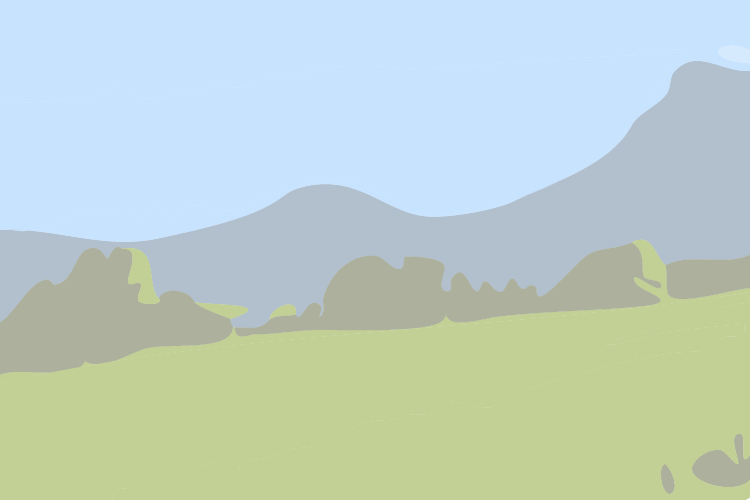Haven of peace
la Ville Heleuc is also the starting point for excursions in the region. On foot, we recommend geocaching in the surrounding area. It’s a family treasure hunt – click on the logo to find out more. By bike, you can easily reach the equestrian center of Plélan le Petit, and for the more courageous the golf course of Saint Michel de Plélan, the medieval towns of Dinan and Jugon les Lacs, the Roman remains of Corseul, and Yvignac-la-Tour.
By car you can discover the beaches of the Emerald Coast, the medieval city of Dinan, the promenade “Claire de Lune” in Dinard, the ramparts of Saint Malo, the castle of Hunaudaye, the site of Cap Fréhel, the Fort La Latte, the Erquy beaches, the national stud in Lamballe, not to mention parks, museums, etc. Even Saint Michael’s Mount is less than an hour away by car!





















